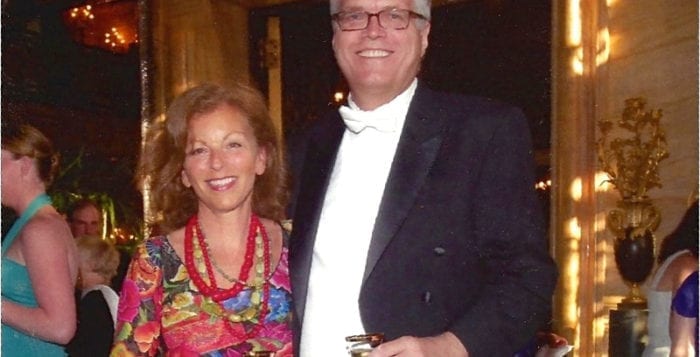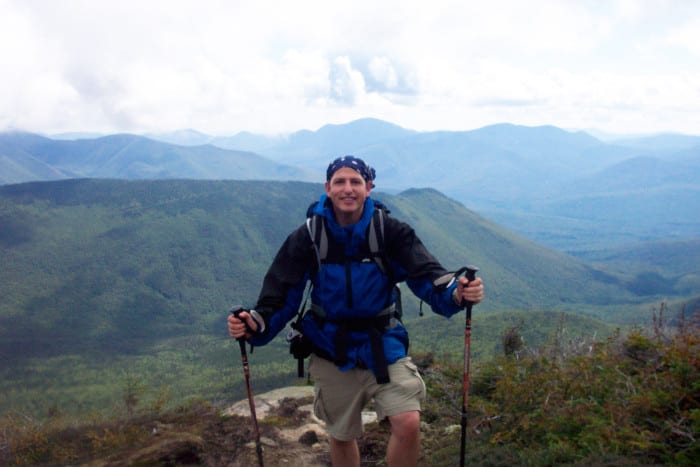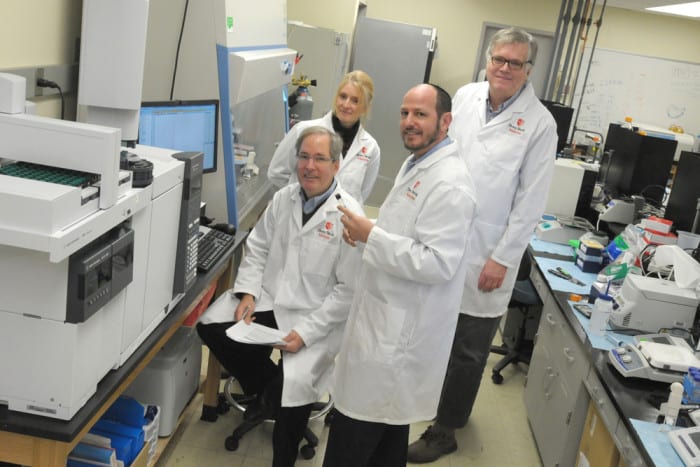By Daniel Dunaief
He spent 20 years looking at the problem in one way. Now, he’s ready for a change and Stony Brook officials stand behind him. After working in genomics at several locations, including for a decade as director of human cancer genomics at Cold Spring Harbor Laboratory to find therapeutic targets for human tumors, Scott Powers recently embraced the opportunity to find better ways to diagnose different types of cancer.
“A major driver for me coming to Stony Brook was to work on earlier detection,” Powers said.
Working with pathology department Chairman Ken Shroyer and Stony Brook obstetrician/gynecologist Michael Pearl, Powers is hoping to develop a prototype test for early detection of ovarian cancer so it can be removed by “simple surgery,” he said.
Powers has worked in numerous ways to isolate or identify mutations that might lead to cancer. That work focused on finding drug targets or developing therapies. One of the many challenges in studying genomics is that some mutations are bystanders, which means they likely don’t have a role in causing cancer or even, necessarily, in enabling cancer to spread. They make it harder to know whether they have a role or are merely different from the range of normal in a genetic sequence.
Some of the ways Powers has understood the potential part mutations play is by taking a computational approach, which can take many forms, including finding gene networks that are frequently altered. This approach has helped find various targets for therapies and improve the classification of tumors.
Powers said the “poster child” for success of this method was the development of the Oncotype DX test for breast cancer, which allows patients with node-negative, ER-positive breast cancer to determine whether they need to take chemotherapy.
He has also compared the gene sequences for similar cancer types across different species. He and Scott Lowe, who is now at Memorial Sloan Kettering Cancer Center, found this approach could “help identify drivers and, in a sense, help filter out passengers,” he said. This has been successful on a basic science level but hasn’t yet led to the identification of a viable new therapeutic strategy, he said.
Powers’ focus now is to direct his expertise toward developing a test that might address early detection and, in some cases, improved diagnosis.
“It’s a brand new set of things for me to think about,” Powers said. The effort, he believes, should prove reinvigorating. The intellectual challenge of coming up with a solution that improves or enhances someone’s life motivates him.
Powers supports Stony Brook’s effort to add staff and develop a pool of researchers who can develop techniques and tools to aid in the diagnosis and treatment of cancer. “I am very hopeful for Stony Brook to build up an intellectually interesting environment that will attract a new generation of cancer scientists to come on board,” he said.
Powers believes cancer is a complex disease that has many different variations. “Many random events occur that sometimes give the cancer cell a competitive survival advantage,” he explained. “Everyone’s tumor has its own unique combination of 10 to 25 genetic alterations that are driving it.”
In addition to working with Shroyer on developing diagnostic tools for the genomics of cancer, Powers has turned his attention toward other researchers on the campus with different backgrounds. He is planning a collaboration with Sasha Levy, who works at the Laufer Center for Physical and Quantitative Biology and is an assistant professor of biochemistry and cell biology, to study cancer evolution. He said they’ll be using experimental methods Levy has developed on yeast.
Yusuf Hannun, the director of the Cancer Center, has recruited Powers to participate on the tumor board, which is where physicians from different areas come to discuss specific patients in a multidisciplinary fashion.
“There are numerous discussions and plans to expand upon this growing trend to use genetic testing in developing a personalized strategy for each patient,” Powers said.
Powers and his wife Diane, who works in fundraising with Patricia Wright at Stony Brook in the anthropology department, live in Greenlawn with their daughter Camille, who is a sophomore at Harborfields High School. Their other children are Alexander, 25, who works for a nonprofit in Brooklyn called the Social Science Research Council, and Douglas, 21, who is a junior studying applied math at Harvard.
Powers was looking for two things that he found when he came to Stony Brook: “the chance to develop diagnostic tests” and to “enter new fields by finding new collaborators with scientists doing interesting things.”







